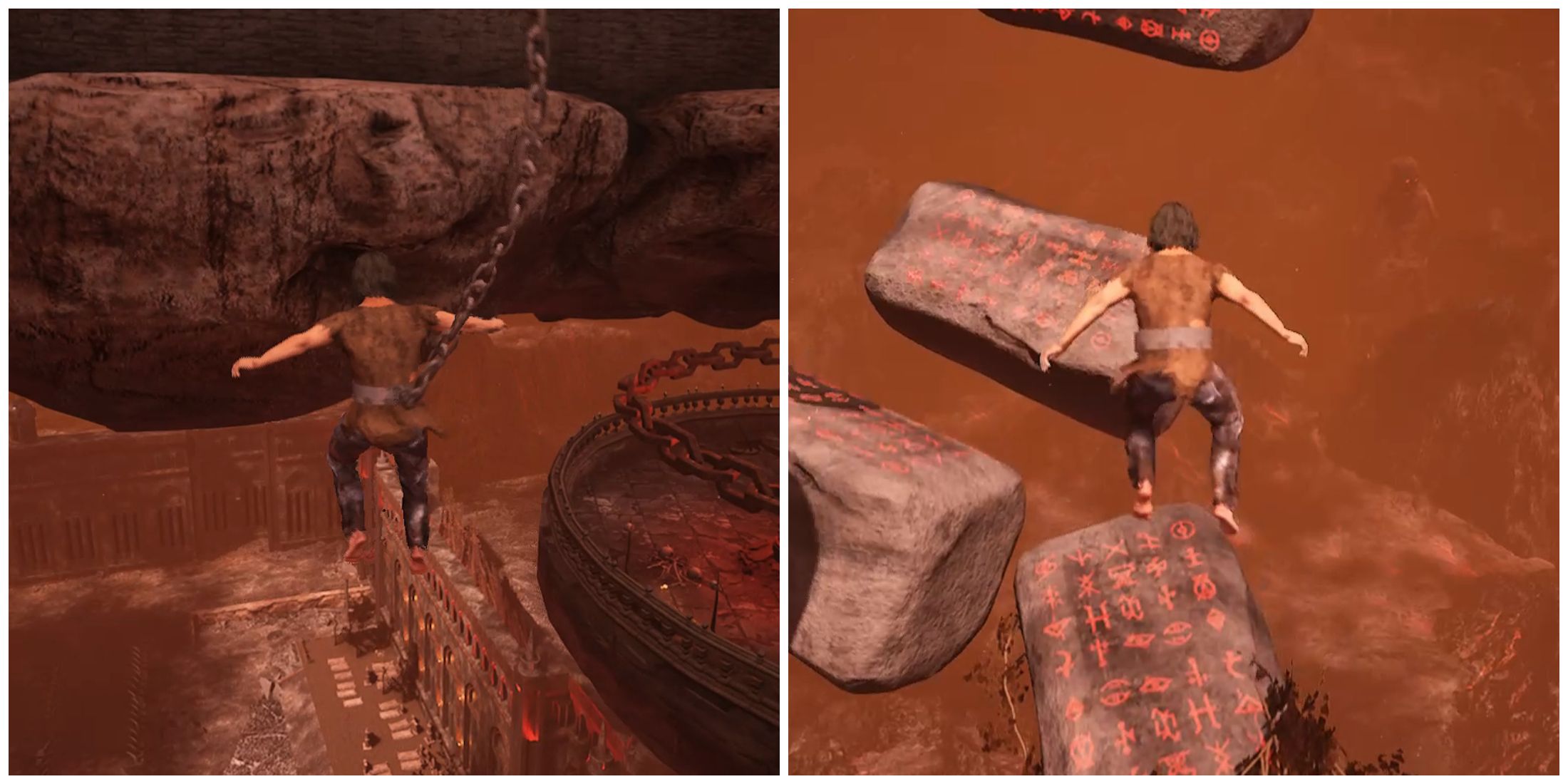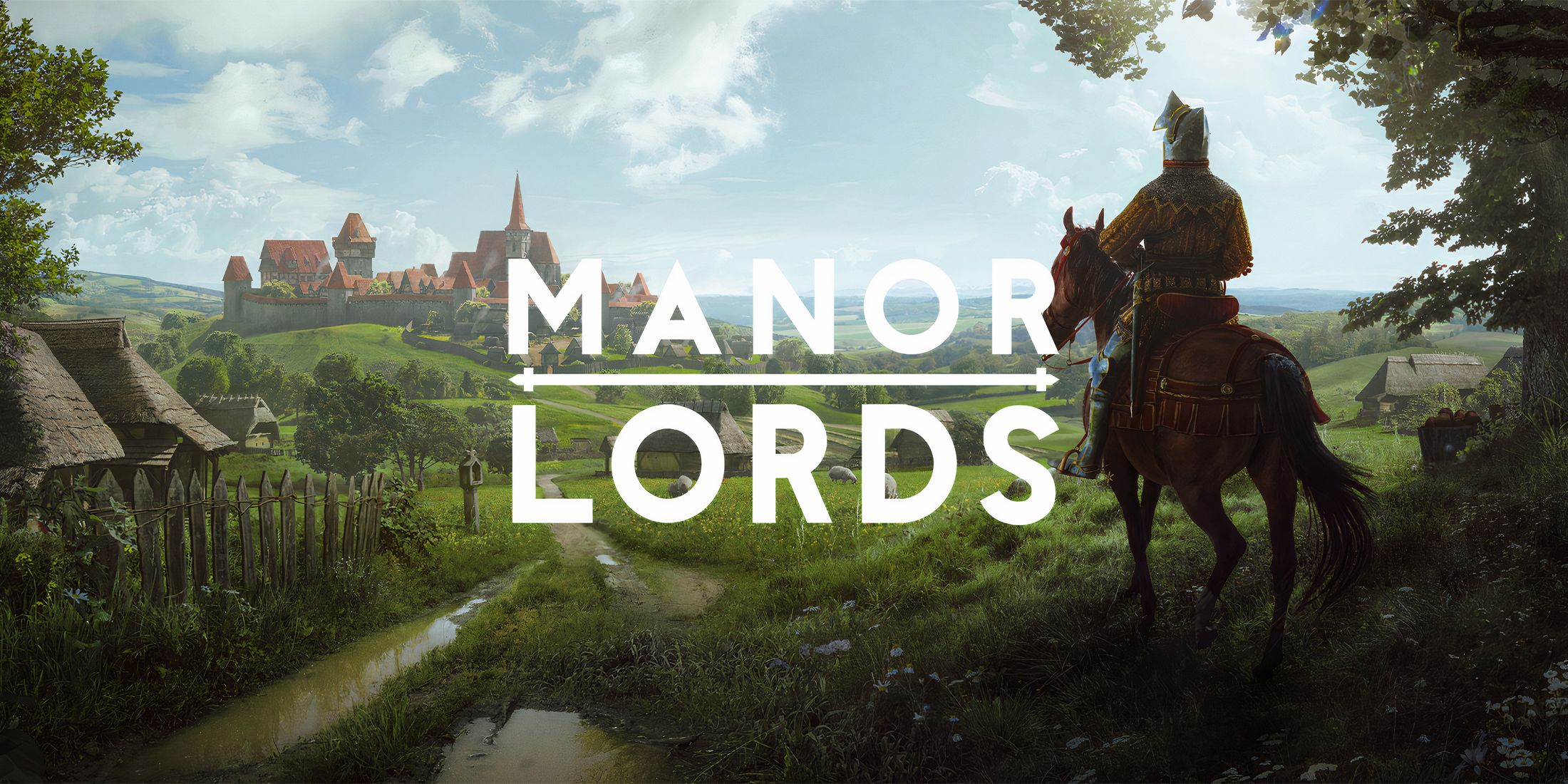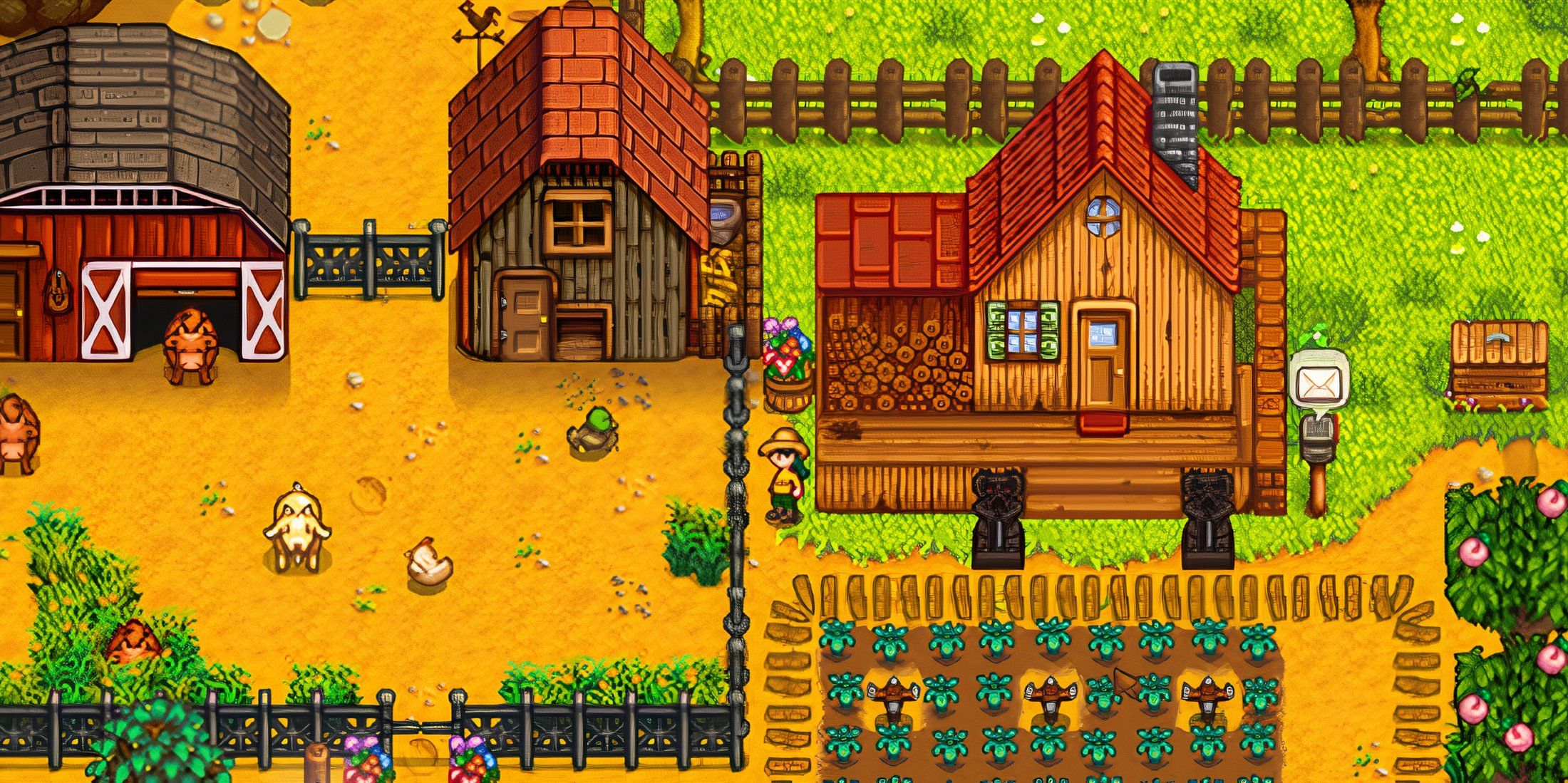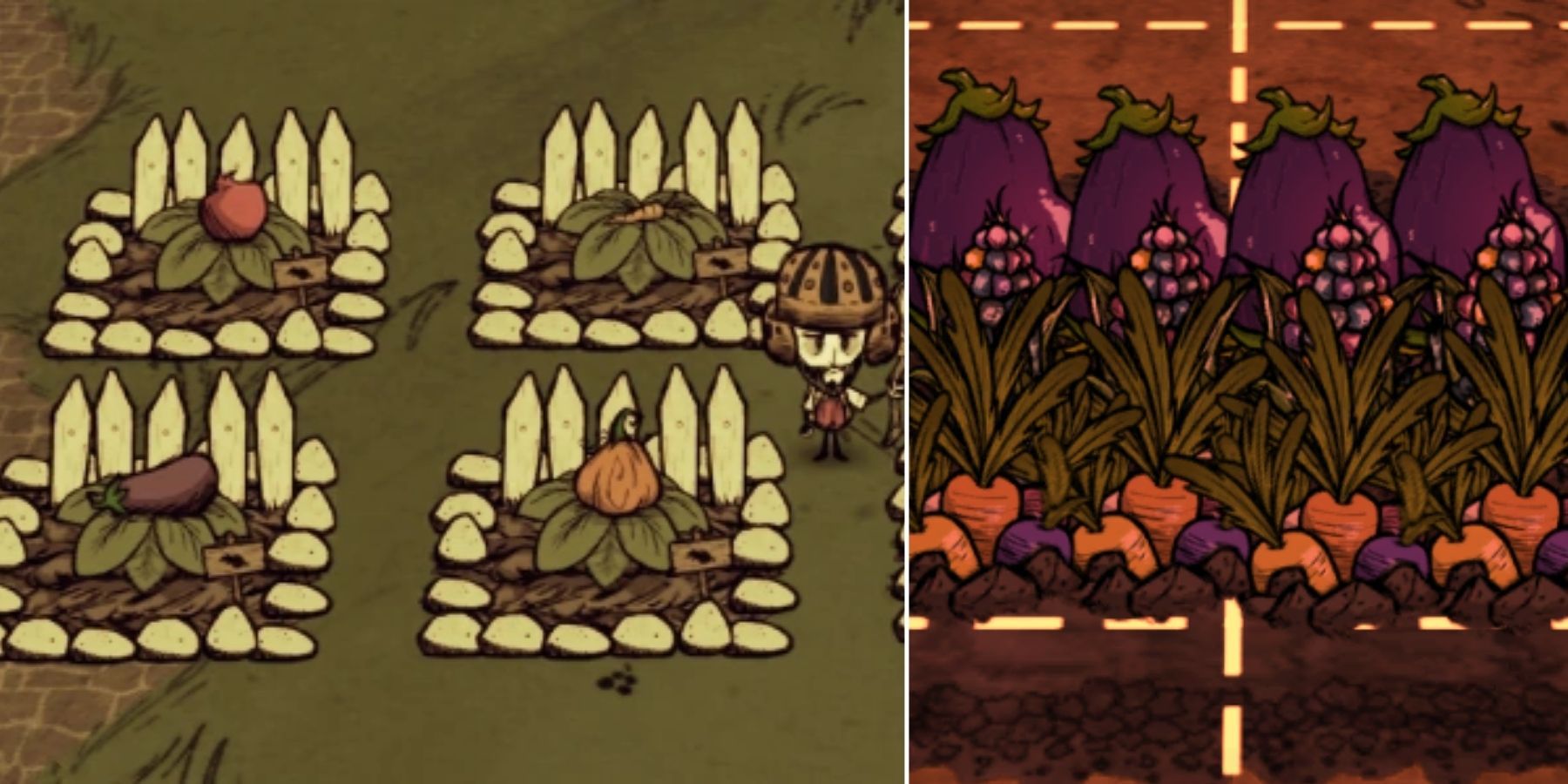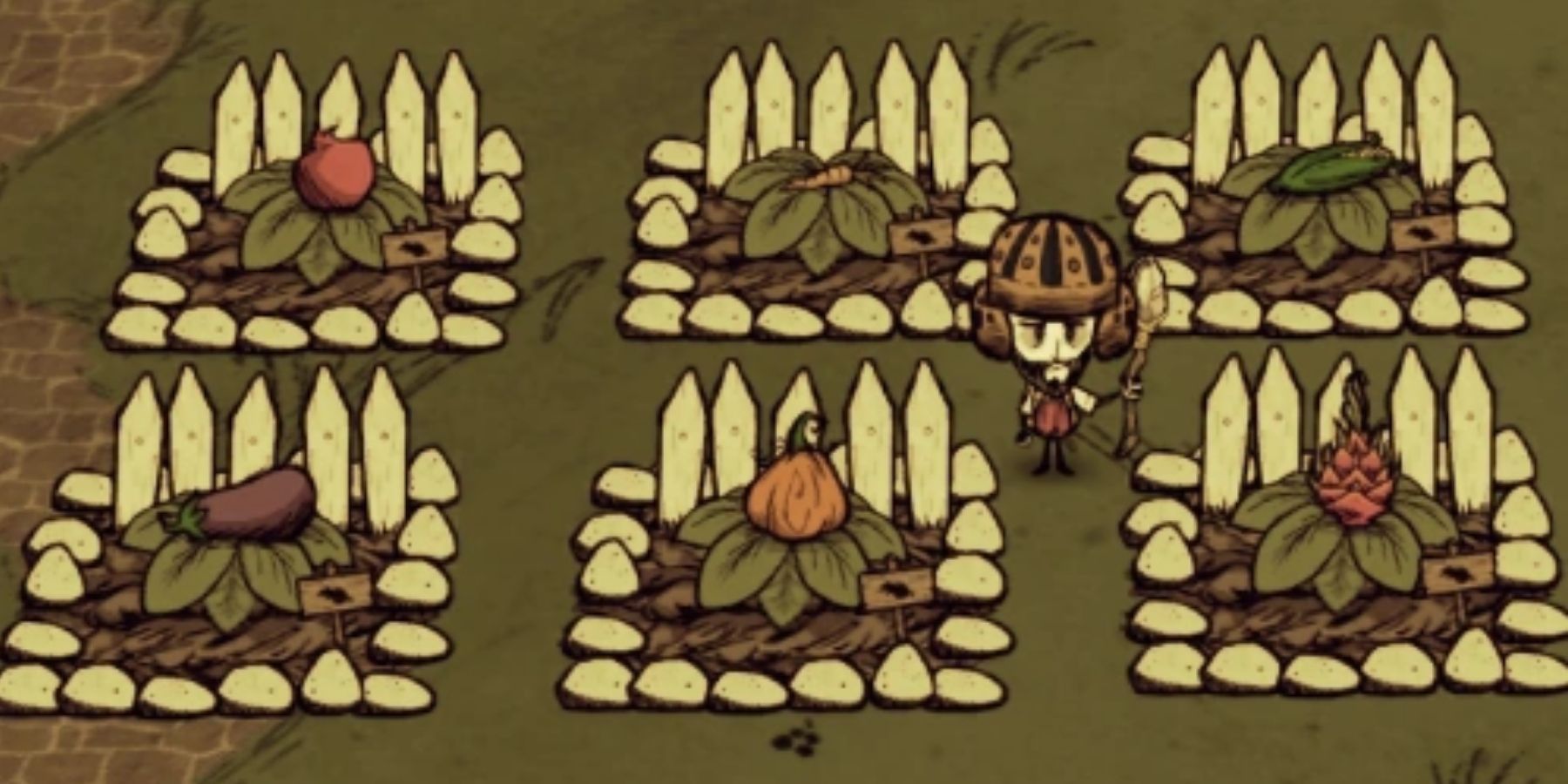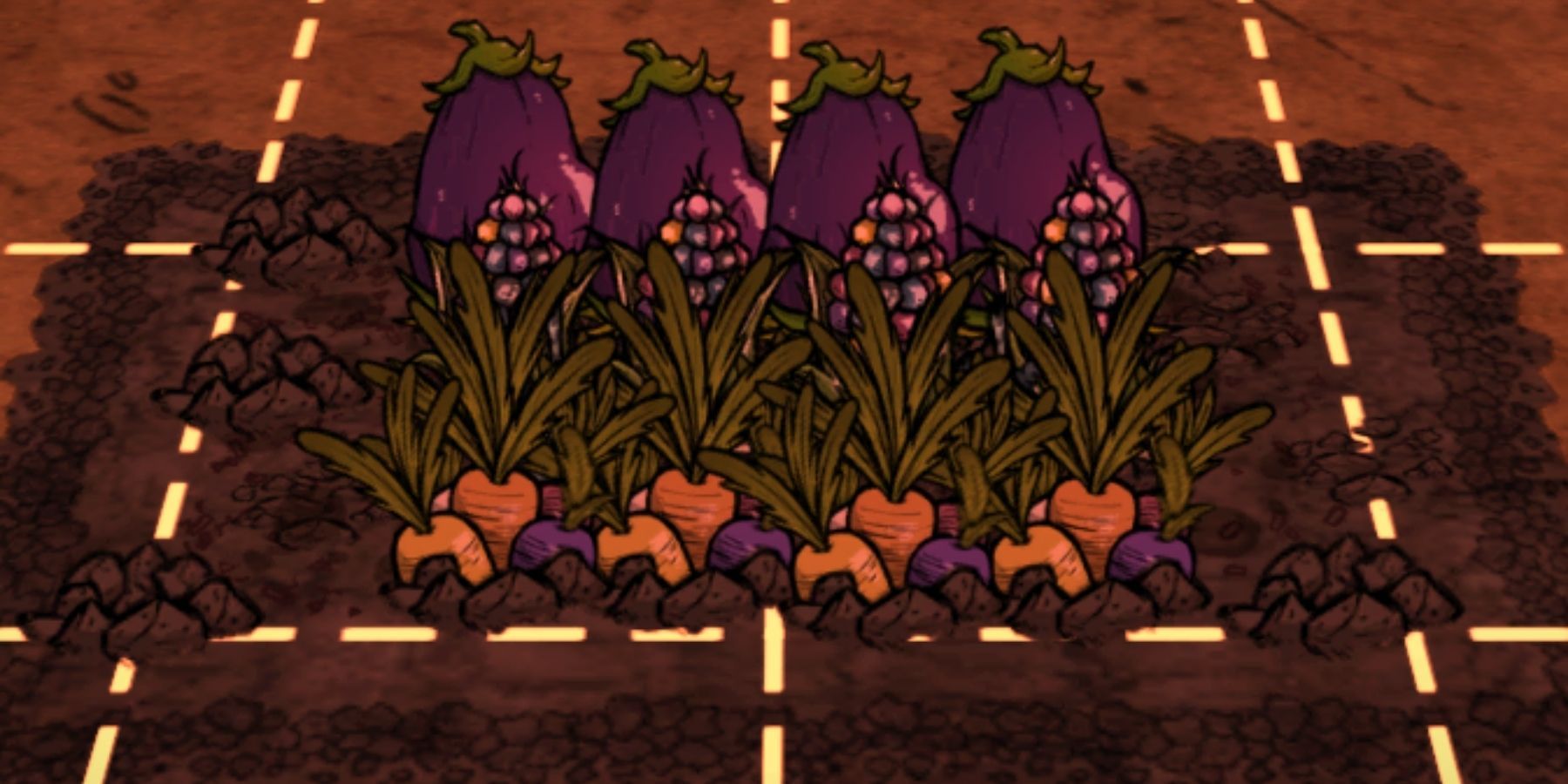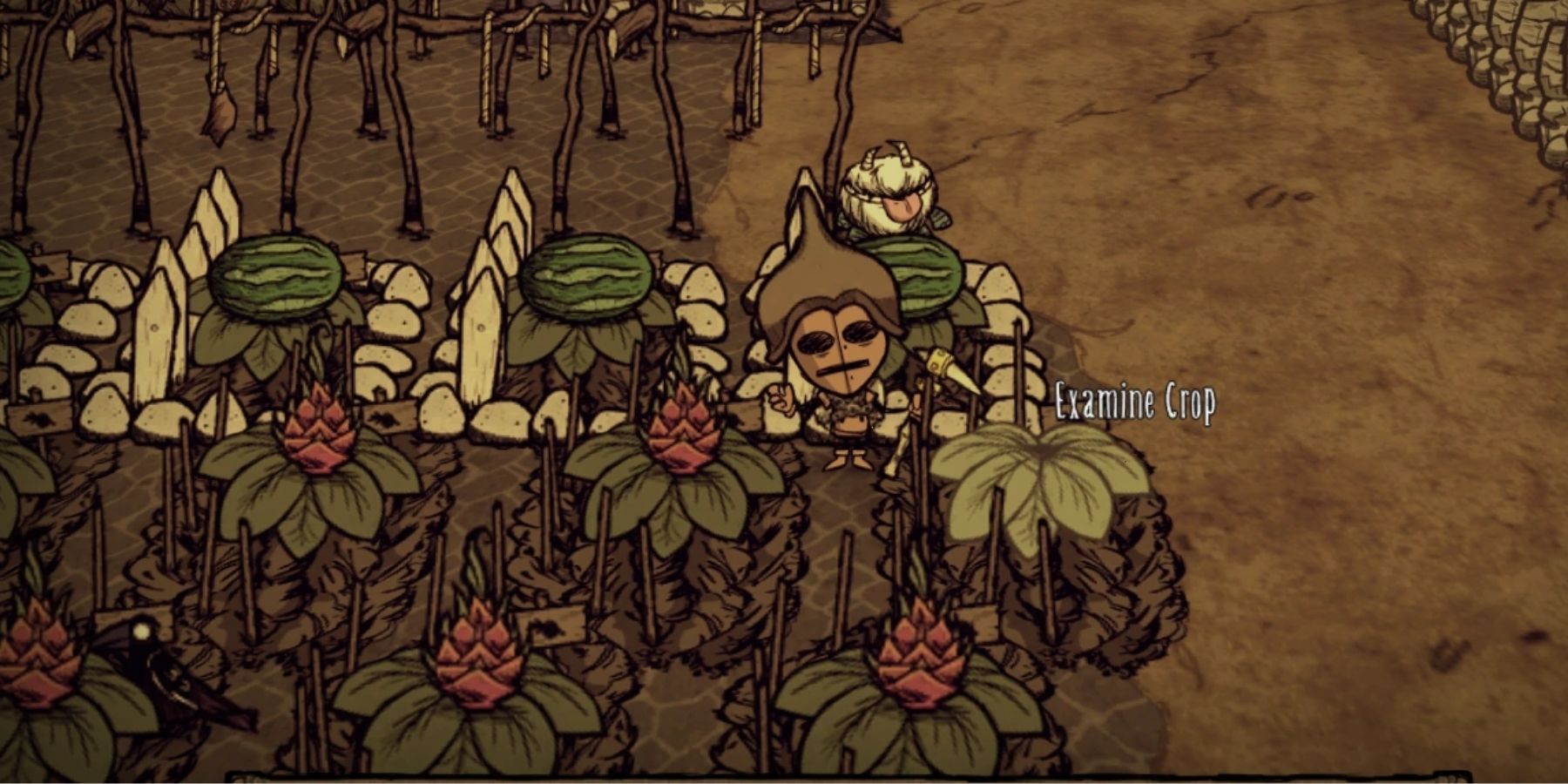With Don’t Starve Togetherrelease on the Nintendo Switch, players are excited to come together with friends and work through the harsh terrain and enemies together. Whether they are new to the game, or veterans, this co-op survival game can test anyone’s patience quickly. Especially when some mechanics in Don’t Starve changes when playing the co-op game. Some characters won’t have the same benefits, and some stats are higher or lower to try and level out the playing field in a group setting.
Another change on the two games is the farming. There are a few mechanics that differ between the game that can make it bumpy when players first go through the game. But even so, players who want to take Don’t Starve Together solo or with some buddies, there are a few things players should know about the farming mechanics of the game.
The Main Difference
While both games have similar mechanics for farming, there is one difference between Don’t Starve and Don’t Starve Together. Farm Plants are exclusive to the co-op edition and was introduced in “Reap What You Sow”. By planting seeds or crop seeds in soil, players can produce food such as various vegetables and fruits.
Seeds can usually be obtained on the ground by birds. Players can either eat them raw (providing no other benefit but 4.68 Hunger), eat them cooked (providing 1 Health and 4.68 Hunger), or plant them. Planting them will give players a high chance of it producing a crop, and a small chance of 20% that it will become a weed.
Crop seeds, however, allow players to be surer of the outcome. Like normal Seeds, players can either eat Crop Seeds raw (providing .5 Health and 9.37 Hunger), eat them cooked (gaining 1 Health and 4.68 Hunger), or plant them to grow more crops. Obtaining these Seeds is a little trickier. First, players must grow that specific crop, and then they either need to hammer Giant Vegetables or feed the crop to a birdcage. Thankfully, after a plant is grown, players will be able to look at each crop in their Compendium section called the Plant Registry to keep track of the information on that plant, so they know exactly what they like and when to plant them.
Plant Care
After planting the seeds, plants have five stages of growth. The growing stages determine how long until the crop is ready, however, it depends on whether the crop is in season or not, and the various stress levels that it goes through. If a plant undergoes a lot of stress during its growth period, it can determine the outcome of the crop. Ideally, plants should only deal with either zero or one-point stress levels to ensure that they will become Giant Crops.
Stress
But what kind of stress do plants undergo? Unfortunately, there are seven different stress causes when growing crops. The first one is nutrients. If the farming soil contains less nutrients than needed for the plant, it will accumulate one point of stress. Fertilizer is a great thing to have for this occasion.
Moisture is also important when dealing with crops. If the plant has only dealt with wet ground only 10% of it’s growing life, it will gain another stress point. There are several things that can give plants moisture. Watering Cans, Waterfowl Can, or a Water Balloon will give the plant 25 points of moisture. Also, Ice melting on the crop will add moisture as well. But the easiest way obviously is rain, which adds 1.5 points depending on the rain rate.
Plants will gain stress if there are any rotten plants or crops, weeds, or Garden Detritus, which try to interfere with farming land, within six meters of them. And like most plants, if a crop is in or out of season, that can determine if they have another stress point. Below is a graph indicating which plants season is their favorite. Some plants like multiple seasons, so there are repetitive listings.
Season | Plants’ Favorite |
Autumn | Random Seed, Carrot Plant, Corn Stalk, Potato Plant, Toma Root Plant, Eggplant Stalk, Pumpkin Plant, Garlic Plant, Onion Plant, Pepper Plant |
Winter | Carrot Plant, Potato Plant, Asparagus Fern, Pumpkin Plant, Garlic Plant |
Spring | Random Seed, Carrot Plant, Corn Stalk, Potato Plant, Toma Root Plant, Asparagus Fern, Eggplant Stalk, Watermelon Plant, Dragon Fruit Vine, Durian Vine, Garlic Plant, Onion Plant, Pomegranate Branch |
Summer | Corn Stalk, Toma Root Plant, Watermelon Plant, Dragon Fruit Vine, Garlic Plant, Onion Plant, Pepper Plant, Pomegranate Branch |
If players plant the same crop around one another, it can make them happy, however, if they feel lonely, and perhaps have no other plants around them, they can gain stress. Although, overcrowding can be an issue as well. If there are eleven or more farm plants or weeds on the same tile, the plants will need space and gain a stress point.
And lately, happiness is an indicator for a stress point. If a plant was not attended to during their last growing stage, the plant will gain a stress point. Attending to plants will make them happier, which in turn will give players a decent chance at getting a Giant Crop or Crop Seeds. If players grow the Friendly Fly Fruit, a Friendly Fruit Fly will spawn and stay around the crops to help make them happy, which takes some stress of players. The graph below will show how many points of stress will affect the plant's outcome.
Stress Points | Outcome |
0-1 | Plant will grow a Giant Crop |
2-6 | Plant gives 1 normal product and 2 Crop Seeds |
7-11 | Plant gives 1 normal product and 1 Crop Seed |
12+ | Plant gives 1 normal product |

